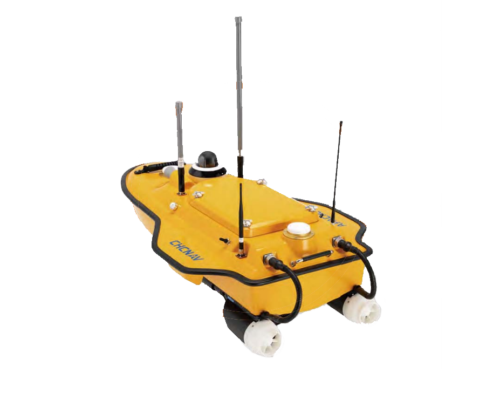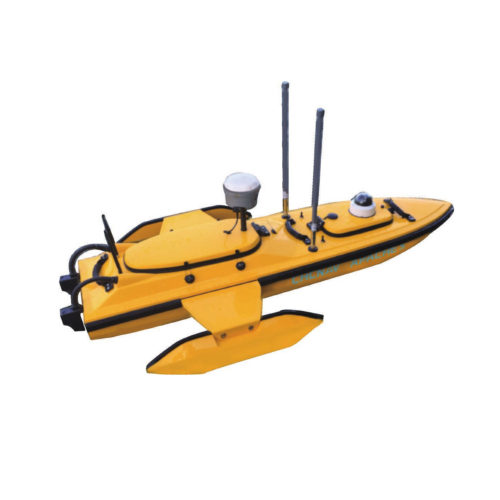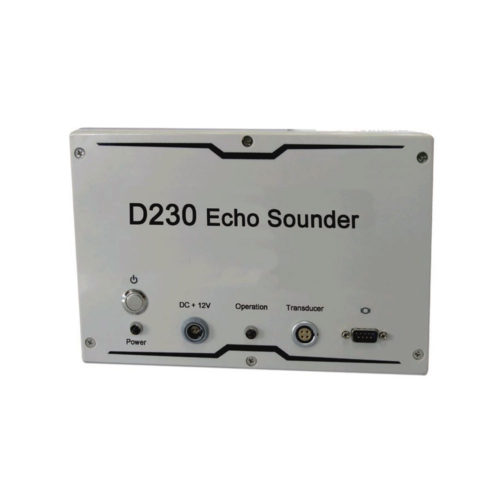Showing all 3 results
Marine construction refers to the process of building, installing, and maintaining structures and infrastructure in marine environments such as oceans, seas, rivers, and lakes. It encompasses a wide range of projects, from small-scale installations to large-scale engineering feats. Here’s an overview of marine construction and some common types of projects involved:
Types of Marine Construction Projects:
- Port and Harbor Development: This includes the construction of docks, piers, wharves, breakwaters, and jetties to facilitate shipping, cargo handling, and passenger traffic. Port expansion projects may involve dredging, land reclamation, and shoreline protection measures.
- Coastal Protection and Shoreline Stabilization: With rising sea levels and increased coastal erosion, marine construction plays a vital role in protecting coastlines and coastal infrastructure. This can involve the construction of seawalls, revetments, groynes, and beach nourishment projects to mitigate erosion and prevent flooding.
- Offshore Oil and Gas Infrastructure: Marine construction is essential for the development of offshore oil and gas fields. This includes the installation of drilling platforms, production facilities, pipelines, and subsea infrastructure such as risers and manifolds.
- Submarine Cable Installation: The installation of submarine cables for telecommunications, internet connectivity, and power transmission requires specialized marine construction techniques. This involves laying cables on the seabed, often over long distances and in varying water depths.
- Marine Renewable Energy Projects: Marine construction is integral to the development of renewable energy sources such as offshore wind farms, tidal energy installations, and wave energy converters. This includes the installation of offshore wind turbines, tidal turbines, and associated infrastructure.
- Marine Transportation Infrastructure: Marine construction encompasses the development of marine transportation infrastructure such as bridges, causeways, ferry terminals, and navigational aids. These projects facilitate maritime transportation and connectivity between coastal regions and islands.
- Underwater Pipelines and Cables: Marine construction involves the installation and maintenance of underwater pipelines and cables for various purposes, including oil and gas transmission, water supply, sewage disposal, and power distribution.
Challenges in Marine Construction:
- Harsh Environmental Conditions: Marine construction projects often face challenges such as rough seas, strong currents, tidal fluctuations, and adverse weather conditions, which can impact construction operations and safety.
- Corrosion and Marine Growth: Structures in marine environments are exposed to corrosion from saltwater and marine organisms, necessitating the use of corrosion-resistant materials and protective coatings.
- Navigational and Environmental Regulations: Marine construction projects must comply with strict regulations and permits related to navigation safety, environmental protection, and marine habitat conservation.
- Logistics and Transportation: Transporting materials, equipment, and personnel to offshore construction sites can be challenging and costly, requiring specialized vessels and logistics planning.
- Safety and Risk Management: Marine construction involves inherent risks related to working in remote and hazardous environments, requiring stringent safety protocols, emergency response plans, and risk mitigation measures.
Despite these challenges, marine construction plays a vital role in coastal development, maritime commerce, energy production, and environmental protection, contributing to sustainable development and economic growth in coastal regions around the world.
Buy Marine construction products in Uzbekistan, in Tashkent





